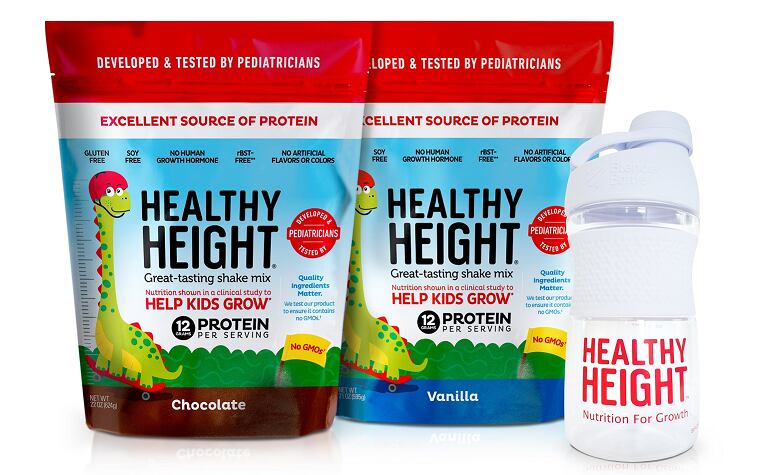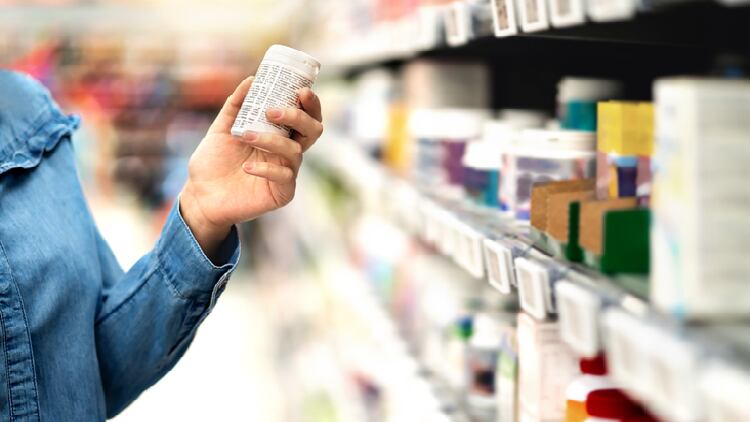During the five-year period, there were 10,944 VMS related poisoning cases reported to the New South Wales Poisons Information Centre (NSWPIC).
Of which, most of the cases were related to multivitamins (3,610 cases), followed by vitamin D (2,080), iron (1,533), and magnesium (804).
As a result, 17.7 per cent of cases were hospitalised, with the vast majority (77 per cent) managing to address the problem at home.
This is said to be the first study analysing cases related to VMS poisoning in Australia.
Writing in the British Journal of Nutrition, the researchers said that the trend was similar to that of the US, where most of the cases were linked to vitamin D.
In Australia, most VMS related poisoning cases were linked to accidental exposure, followed by therapeutic errors and intentional self-harm.
Iron toxicity
Most of the cases which ended up in hospitals were related to the consumption of iron and potassium supplements.
Out of the iron-related poisoning cases, 38 per cent end up hospitalised.
The majority of the iron-related poisoning cases (1,036 cases) stemmed from the intake of high strength products which exceeded Australia’s national upper level intake of 45mg elemental iron per unit dose.
Such cases had been increasing by 13.6 per cent each year.
While there were fewer cases involving low-strength iron products (306 cases), the number of cases involving these products had been growing at a higher rate at 22.1 per cent per year.
Intentional exposure was more commonly seen in products with high strength (21.7 per cent).
“Concerningly, poisoning exposures to iron supplements are increasing. This is likely to be due to increased use of these supplements by the community,” the researchers said.
“These high strength products should only be used in people with diagnosed iron deficiency anaemia [as] inappropriate chronic use can also lead to toxicity,” they explained.
Currently, high strength iron products are categorised as Schedule 2 - Pharmacy Medicines.
“These products are advertised to the community. It is possible that people are self-selecting high strength iron without diagnosed deficiency,” the researchers said.
As such, they suggested greater involvement from pharmacists, limiting high strength supplements to unit-dose packaging, implementing child-resistant seals, and introducing new labelling rules for products containing elemental iron doses of over 30mg.
“Iron exposures are increasing and had higher rates of hospitalisation than other agents.
“Given that iron toxicity is dose-dependent, and these products are easily accessible by the public, iron products present a potential risk,” the researchers said.
Toddlers, vitamins, and gummies
Two in five reported VMS toxicity cases involved toddlers aged one to four, making them the most impacted group of consumers.
In addition, over half of the total cases involved children aged 14 and below.
The researchers pointed out that the phenomenon could be due to the growing popularity of multivitamin gummies.
“The high number of exposures in this age group could also be explained by the recent advent of palatable, multivitamin “gummies” or chews, marketed for young children,” the researchers said, without specifying the number of toxicity cases related to multivitamin gummies. However, they did state that multivitamin related cases took up 64 per cent amongst toddlers and 14.5 per cent amongst children.
Notably, toxicity cases related to vitamin C and folic acid also ranked high amongst toddlers, at 60.2 per cent and 54.7 per cent respectively.
“These are not in child-resistant packs and are often consumed in large quantities by children who think they are confectioeary.
“Fortunately, the vast majority of these cases can be managed at home, due to the relatively low concentration of vitamins and minerals in these products,” they added.
Similar findings were seen in the US, where 21 per cent of emergency department visits for VMS adverse events involved unsupervised children.
Another 38.1 per cent of the cases involved adults.
Amongst adults and the elderly, calcium, vitamin D, magnesium, B vitamins, and potassium related cases were the most commonly seen and these often happened due to therapeutic errors.
Source: British Journal of Nutrition
Vitamin and mineral supplement exposures: cases reported to Australia’s largest Poisons Information Centre, 2014-15 to 2018-19
DOI: 10.1017/S0007114521000647
Authors: Usha Luckock, Joanna Harnett, and Rose Cairns





